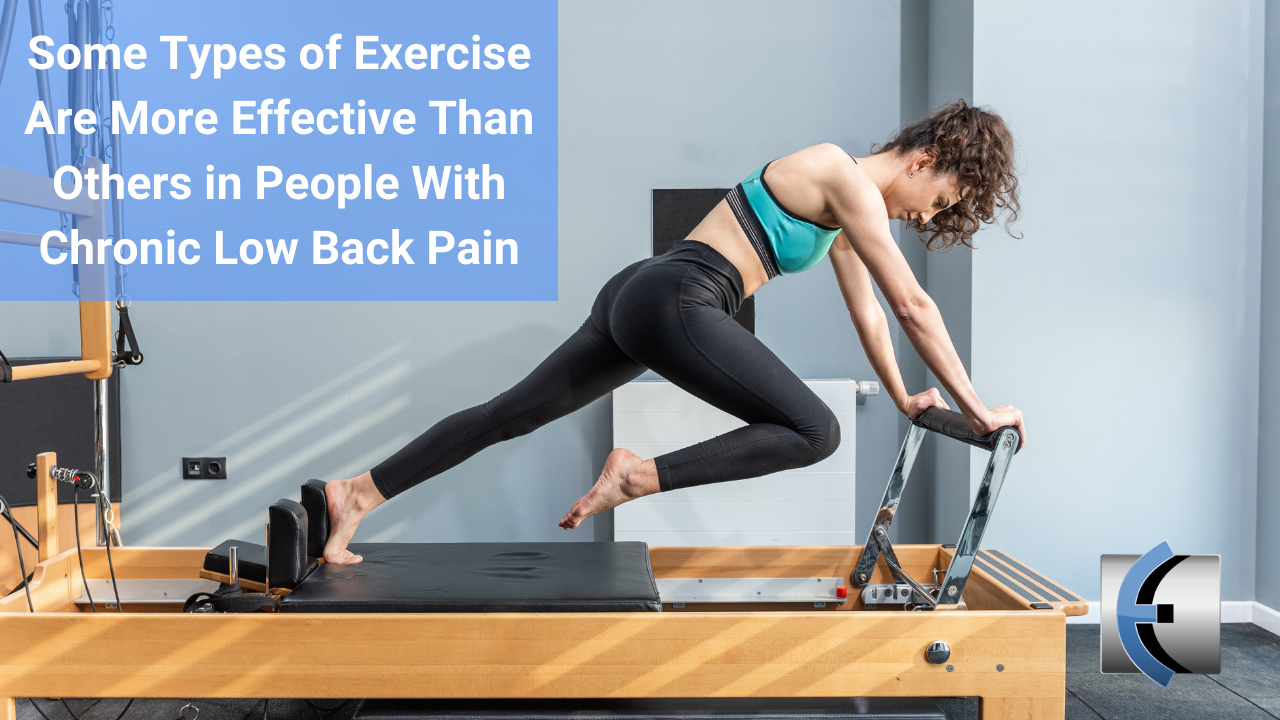Hayden, JA et al. Some types of exercise are more effective than others in people with chronic low back pain: a network meta-analysis. Journal of Physiotherapy: 2021
- 249 RCTs (24,486 participants) with 217 trials (87%) providing sufficient data for meta-analysis (20,969 participants). Inclusion criteria was LBP > 12 weeks duration.
- Total of 507 treatment groups in the trials, including 126 trials comparing exercise to no exercise and 91 trials comparing only groups with different exercise types
- Primary outcome measures were pain and function (RMDQ/ODI)
- 11 Exercise interventions were Core strengthening/motor control, mixed exercise, general strengthening, aerobic, PIlates, stretching, Yoga, Functional restoration, McKenzie, Flexibility, other specific exercises.
- 9 minimal intervention comparators: no treatment, education, manual therapy, back school, electrotherapy, mixed physiotherapy (not involving exercise), psychological therapy, NSAIDS/analgesics, relaxation
- For pain, each exercise type showed a favorable outcome compared to minimal treatment.
- PIlates, McKenzie, Functional restoration, core strengthening all showed a > 15 point improvement in pain (clinically important difference).
- When compared to each other, Pilates was more effective than all other exercise types.
- For function, all exercise types were shown to be more effective than minimal treatment.
- McKenzie and Pilates had larger improvements in functional limitation compared to other exercise types investigated.
- A higher does of most exercise interventions resulted in greater reductions in pain and improved function. Co-interventions also appeared to improve effectiveness of most exercise types for pain and function, other than stretching.
- Because ultimately differences b/w exercise interventions were small, and all were better than no treatment, if the type of exercise aligns with the patient's goals and if they are available and financially feasible, those are the ones that should be recommended.

